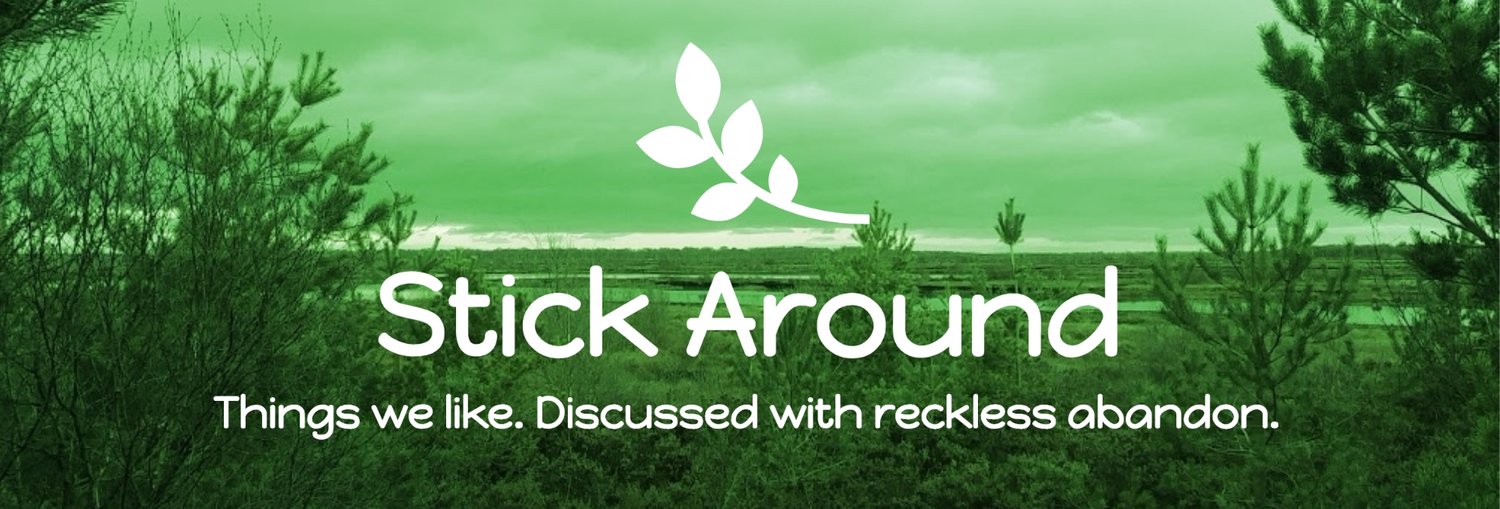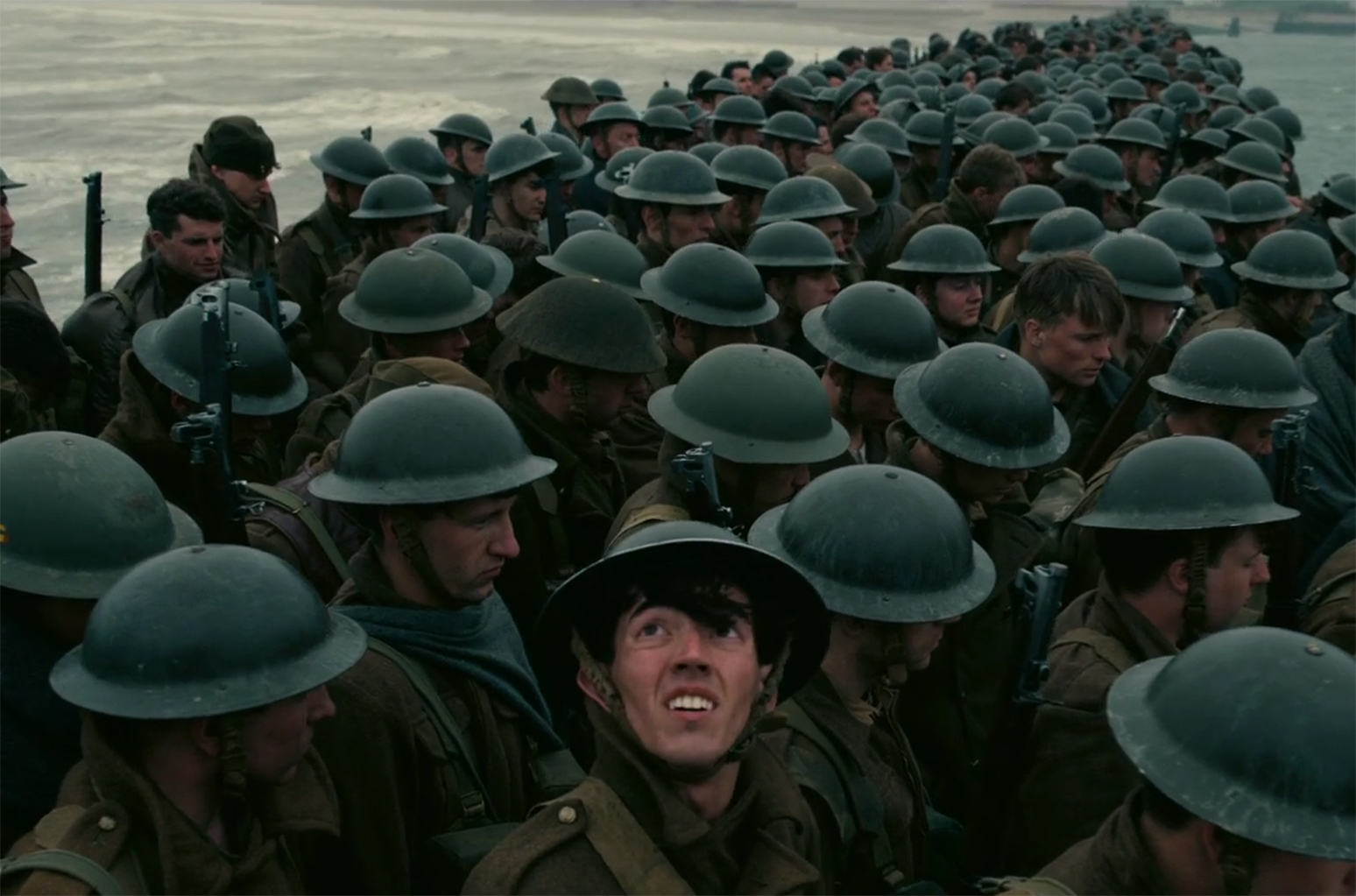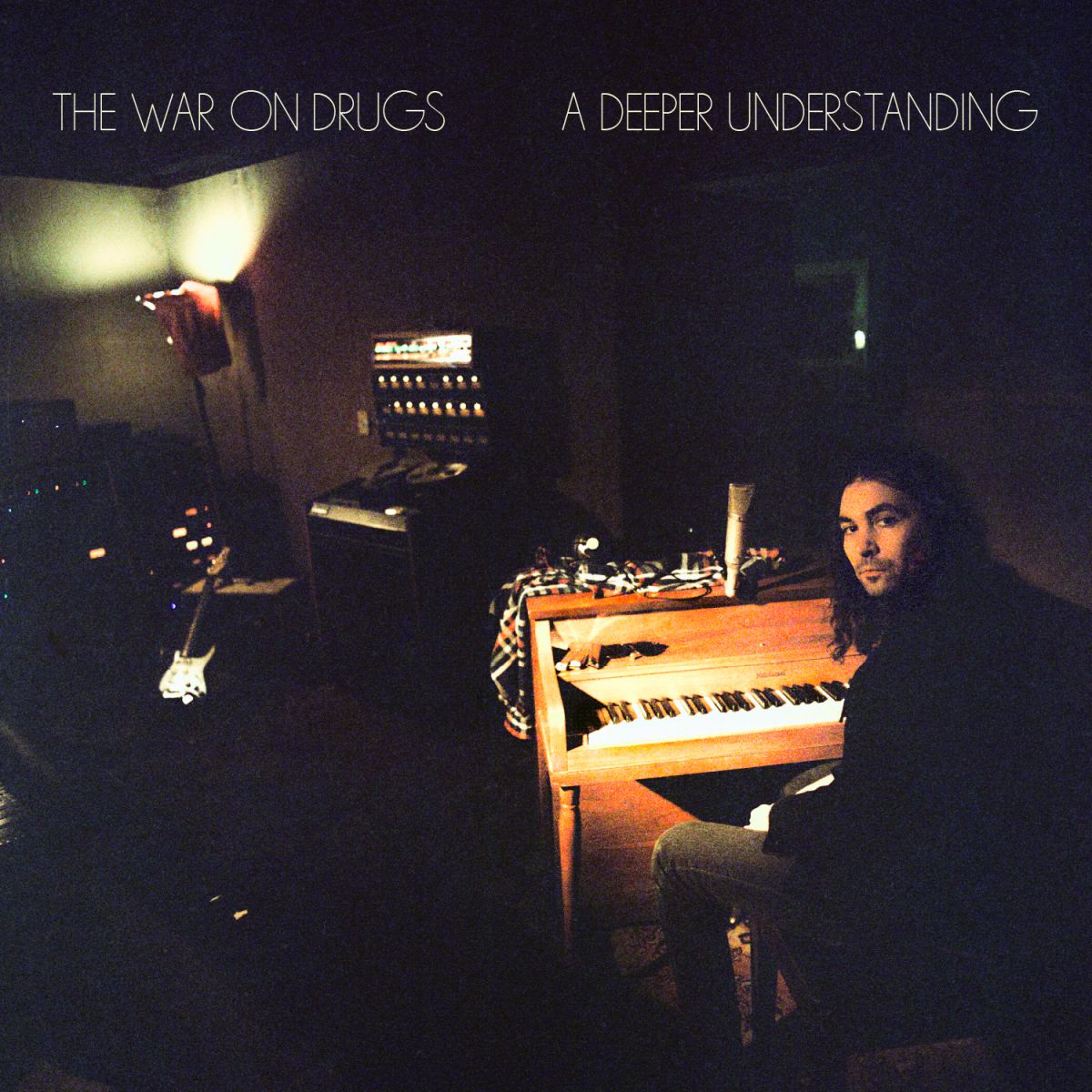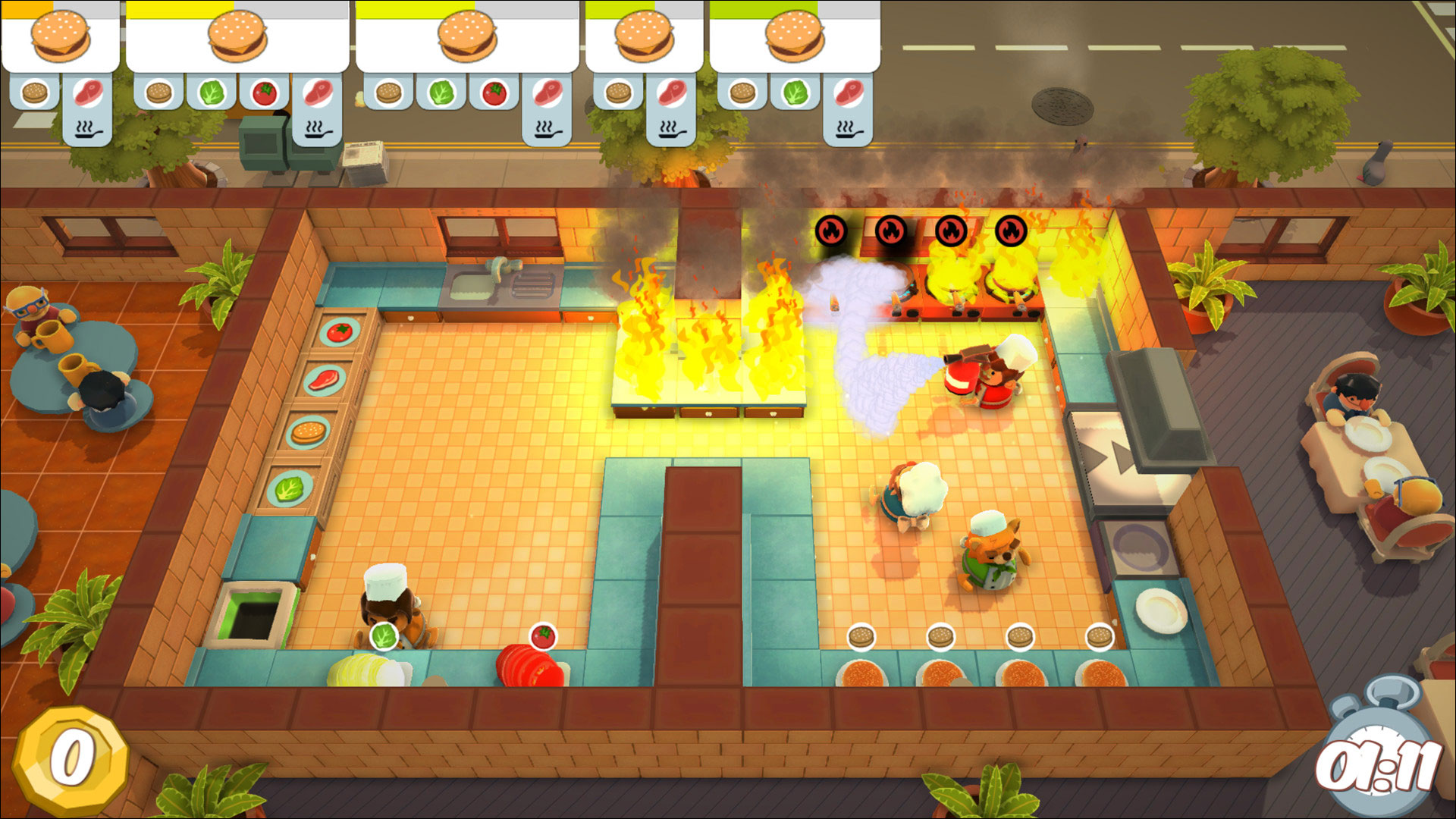Hiromasa Yonebayashi's second Studio Ghibli film (his first was Whispers of the Heart) is based on Juan G. Robinson's novel of the same name. Anna suffers an asthma attack at school and worried by her declining health and anxiety her foster parents send her to live with the foster-mother's relatives, who live in a seaside town where the air is clearer. Anna soon meets Marnie in an abandoned seaside mansion nearby, and it becomes clear pretty quickly that Marnie is not from the present. To me, it had similarities to something like Tom's Midnight Garden where the protagonist can meet people who live in the same place but in other time periods. As things go on Marnie and Anna's relationship deepens and secrets begin to unfold.
I thoroughly enjoyed this film to begin with and found Anna's highly anxious character very interesting, relatable, and full of depth. However I didn't find the reveal as rewarding as a lot of people seem to as I predicted it fairly early on, to say any more would be to spoil it. Nevertheless, this is a well put together film about family, anxiety, the past, and belonging. It's gorgeously animated and perhaps one of the more emotional Ghibli films, thanks partly to a very pretty soundtrack. I didn't connect with it as deeply as some have, but I can certainly appreciate it's beauty.
7/10
And so that's it. Two more films to throw into the Ghibli mixer and see how the final rankings pop out. I suspect these will change over time (some already have since the last post), especially when I rewatch the more meaty, harder to digest ones. But for now, here's how I'd rank them with the final two additions in bold italics:
1. Princess Mononoke
2. My Neighbour Totoro
3. Grave of the Fireflies
4. Kiki's Delivery Service
5. Spirited Away
6. The Tale of Princess Kaguya
7. Howl's Moving Castle
8. Laputa: Castle in the Sky
9. The Wind Rises
10. Arrietty
11. Whisper of the Heart
12. Only Yesterday
13. From Up on Poppy Hill
14. When Marnie Was There
15. Porco Rosso
16. The Cat Returns
17. Ponyo
18. My Neighbours the Yamadas
19. Pom Poko
20. Tales from Earthsea
Wow. What an amazing set of films, it is perhaps only the last two or three that I didn't enjoy all that much (although they were still very much serviceable). The top three are masterpieces in my eyes. I've been continually blown away, surprised and believe this little adventure is the birth of a love of anime. Next, I shall be watching all the top 100 ranked anime films at random (over many years no doubt) and posting reviews over on the YouTube channel. At least that's the current plan. Should any of these crop up I shall watch them again, and my rankings will no doubt change, though I seriously doubt Princess Mononoke will be taken from the top spot.
Thanks for reading this little series and stay classy y'all!
Clive :)








































































